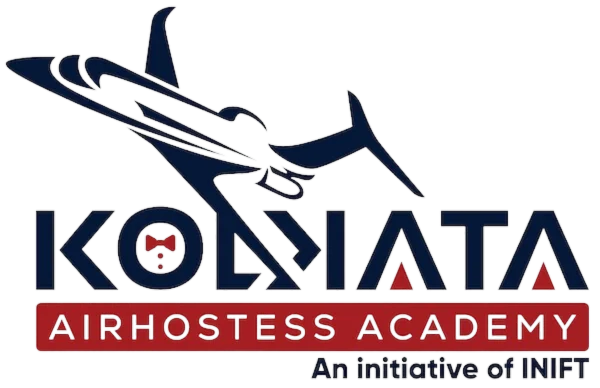Have you ever wondered if a flight attendant can make the leap to become an airline pilot? The aviation industry is known for its career opportunities and growth potential. In this blog, we’ll explore the journey from being a flight attendant to becoming a pilot, discussing the roles, challenges, and advantages along the way.
What Does a Flight Attendant Do?
Flight attendants are the friendly faces on board commercial flights. They ensure passengers’ safety, comfort, and well-being during the flight. Their responsibilities include serving meals and drinks, providing safety instructions, managing emergencies, and creating a pleasant in-flight experience.
What is the Fastest Way to Become an Airline Pilot?
Transitioning from a flight attendant to a pilot is achievable, but it requires dedication and commitment. The fastest way to become an airline pilot is through a structured flight training program offered by flight schools or academies. These programs typically include ground school instruction and flight training.
How Long Does It Take to Become an Airline Pilot?
The duration to become an airline pilot can vary based on several factors, including the type of pilot license and your prior experience. For someone starting from scratch, it usually takes around 18 to 24 months to obtain a Private Pilot License (PPL), which is the first step. Subsequently, you’ll need to earn further certifications, such as the Commercial Pilot License (CPL) and Airline Transport Pilot License (ATPL), which can take an additional 2 to 4 years.
How Much Does It Cost to Become an Airline Pilot?
The cost of pilot training can be substantial. It varies depending on your location, the flight school you choose, and the type of aircraft you train on. Generally, the cost can range from $60,000 to $150,000 or more. Some aspiring pilots seek financial aid, scholarships, or take out loans to fund their training.
What is the Hardest Thing About Becoming a Pilot?
One of the most demanding aspects is mastering the technical knowledge required to operate an aircraft safely. You’ll need to learn about navigation, meteorology, aviation regulations, and more. Additionally, flight training demands exceptional hand-eye coordination and the ability to make split-second decisions in high-pressure situations.
Pros and Cons of Being a Pilot
Pros:
- High Earning Potential: Airline pilots enjoy competitive salaries, and senior pilots can earn substantial incomes.
- Adventure and Travel: Pilots get to explore different destinations and experience the thrill of flying.
- Job Security: The demand for qualified pilots remains strong, and the industry is expected to grow.
- Prestige: Being a pilot is often associated with prestige and professionalism.
Cons:
- Cost of Training: As mentioned earlier, pilot training can be expensive.
- Irregular Hours: irregular working hours, including weekends and holidays.
- Stressful Situations: Handling challenging weather conditions or in-flight emergencies can be mentally taxing.
- Time Away from Home: For airline pilots, extended periods away from home are common.
Conclusion
Transitioning from a flight attendant to a pilot is indeed possible. It involves a commitment to training, a substantial investment, and a passion for aviation. The journey may be demanding, but for those who dream of soaring through the skies, it can be a highly rewarding and fulfilling career path. Whether you’re currently a flight attendant or aspiring to be one, remember that the aviation industry offers diverse opportunities for personal and professional growth.



